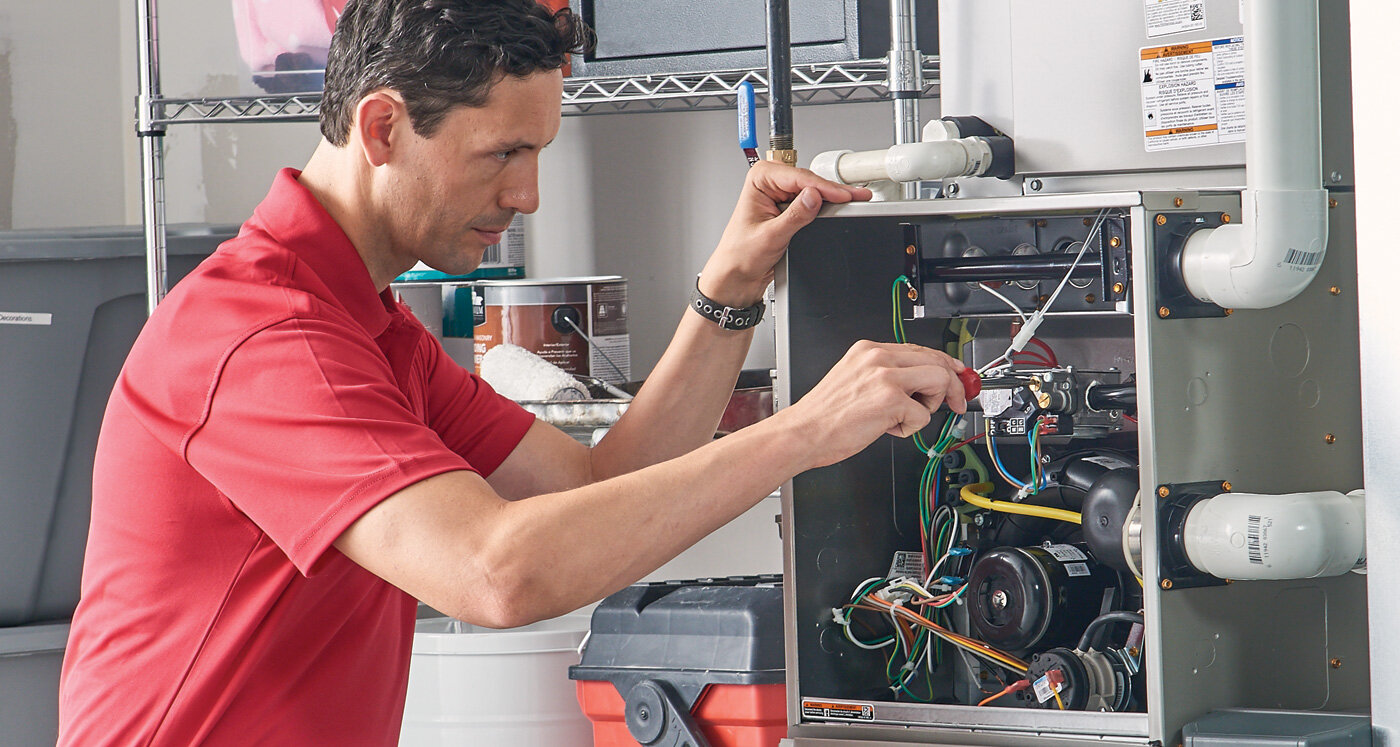The ignitor is an important part of the furnace that lights up your furnace gas and helps in heat production. Furnace ignitor problems can lead to inefficient heating and cooling results. These can cause issues when turning on the furnace and blowing cold air. Basic troubleshooting can help resolve these problems, from checking power sources to cleaning and replacing components. You can also test the thermostat, and look for visible damages to the furnace. Use a multimeter to test the ignitor or get professional furnace repair services from certified and trusted technicians. This ensures the optimal performance and longevity of your furnace.
What is a Furnace Ignitor?
An ignitor is an important component of a furnace that helps in burning the furnace gas using an electrical heat source. This prevents the requirement of having a standing pilot light for ignition. So, the furnace ignitor is a safer and more efficient approach to burn furnace gas.
The two most common ignitor types are intermittent pilot ignitors and hot surface ignitors, which use heat or spark to initiate the heating process. Problems with the ignitor will prevent the furnace from heating your home efficiently.
Reasons for Furnace Ignitor Problems
The most common reasons behind furnace ignitor problems are:
- Debris and dirt build-up
- Wear and tear with use
- Incorrect voltage supply
- Improper ignitor installation
- Power fluctuations
- Frequent furnace cycling
- Thermostat malfunctioning
How to Solve Furnace Ignitor Problems?
To start troubleshooting and solving furnace ignitor problems, follow these steps closely. This section offers step-by-step instructions and tips for each solution to help you deal with common ignitor problems.
Solution 1: Check Power Supply
Before assuming there is a problem with the ignitor itself, ensure your furnace is receiving power. Sometimes, tripped breakers or loose power connections lead to ignition problems. Find the circuit breaker for your furnace in your home’s main breaker panel. If it has tripped, reset it. Check that the power switch near the furnace is in the “on” position.
Solution 2: Check and Clean the Ignitor
Dirt, dust, and debris accumulate on the ignitor over time, which can prevent it from working efficiently. Switch off the electricity to the furnace and locate the ignitor. The ignitor is usually next to the burners. Clean it gently using a soft brush or compressed air. Be cautious, as an ignitor is delicate and may break. Put the power on again and see if it has solved the issue
Solution 3: Test the Thermostat
Perhaps the issue is not with the ignitor at all but with the thermostat failing to send a signal to the furnace to ignite. Set your thermostat to a higher value and ensure that it is set to “heating” mode. Even when the furnace doesn’t stir, check the thermostat’s wires or change its batteries.
Solution 4: Check the Ignitor for Cracks or Damage
Due to the extreme heat exposure, ignitors may burn out or crack. Shut off the power and locate the ignitor. Examine it closely for cracks or any other damage. If it is cracking, you have to replace the ignitor, typically purchased at a hardware store or through a professional heating and air conditioning technician.
Solution 5: Test the Ignitor with a Multimeter
Check to see if the ignitor is receiving the proper level of current with a multimeter. Dial the multimeter up to resistance, then place the probes in the ignitor’s terminals. If the reading falls outside the normal operating range for hot surface ignitors (usually 40-90 ohms), replace the ignitor.
Solution 6: Call a Professional HVAC Technician
Sometimes, you can fix minor problems by resetting the ignitor, but major problems will require a full replacement. If your furnace model has a reset button, you should reset it to see if that solves the problem. When the reset does not help, it is probably time to replace the ignitor. Switch off the power, then disconnect the old ignitor and install a new one, as stated in the manufacturer’s guidelines. To replace the ignitor professionally, consult a professional. A technician can help diagnose and fix problems beyond simple troubleshooting.
Conclusion
You can fix the furnace ignitor issues with a simple checking and cleaning process. Repair or replace the thermostat depending upon the damage intensity and cause. By ensuring a steady power supply, cleaning the ignitor, inspecting for damage, and checking the thermostat function, you can address many common issues. For more advanced troubleshooting, use a multimeter to test the current. And if all else fails, don’t hesitate to call a professional furnace repair for help. Proper maintenance and timely repairs will help your furnace function efficiently, keeping your home warm and safe throughout the colder months. Regular checks will minimize the chance of ignitor issues in the future, ensuring your furnace’s reliability and longer life.
Click here and read more blogs
















